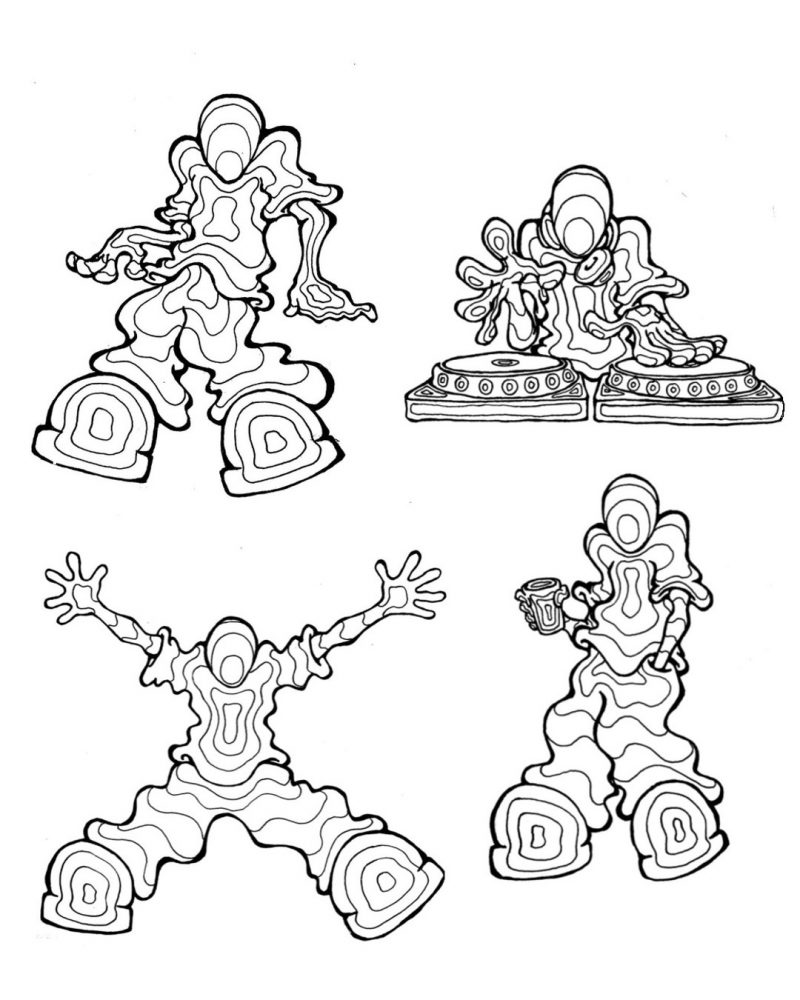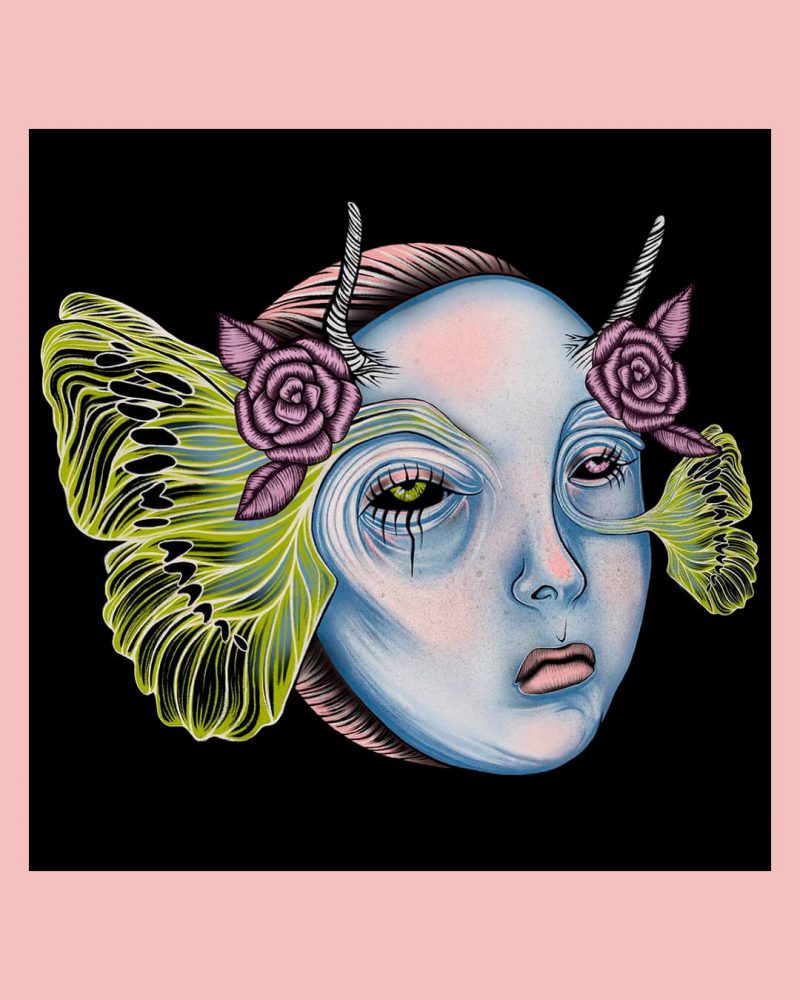
Silvia Conde (@silvia_conde) portrays in her photos the maternal connection she feels towards nature, which she saw sprouting in her as a woman when she conceived her first child. When photographing the Earth as a mother, Silvia captures cracks, furrows, irregularities in the sand of dunes and mountains that could be the wrinkles and pores of a body. We, humans, children of this mother, appear submerged, naked under the sun, or as explorers who walk its surface as if for the first time.

When photographing women as mothers, she focuses on the light on the skin, on the folds of the flesh of mother and baby as they embrace, on the movements that demonstrate their unique bond. In her project An Ode to Mother (@_anodetomother_) she explores motherhood not only from a photographic approach but through testimonies that serve to share the chiaroscuro of the experience of generating life.

In both cases, Silvia’s sensitivity to textures, the shades of beige, ochre, pale pinks that she is able to capture, the warmth of the light, create evident parallelism. Both mothers, woman and planet, are portrayed with the same closeness and warmth in search of natural and primitive beauty. In Silvia Conde’s photos, there is intimacy, serenity, connection, peace, and life.

Japan was one of the places that marked Silvia as a photographer and as a woman. On the occasion of the imminent birth of her second child and her first exhibition in Tokyo, I posed these questions.
Chorareii: First, introduce yourself!
Silvia Conde: I am a photographer born and raised in Barcelona. When I finished university, 10 years ago, I went to Berlin. Without expecting it, I stayed until a year ago, when I returned to Barcelona. In Berlin, I found myself, my partner, my career as a photographer and my first child. I am fascinated by the natural beauty of Mother Earth and that is what my work is about.
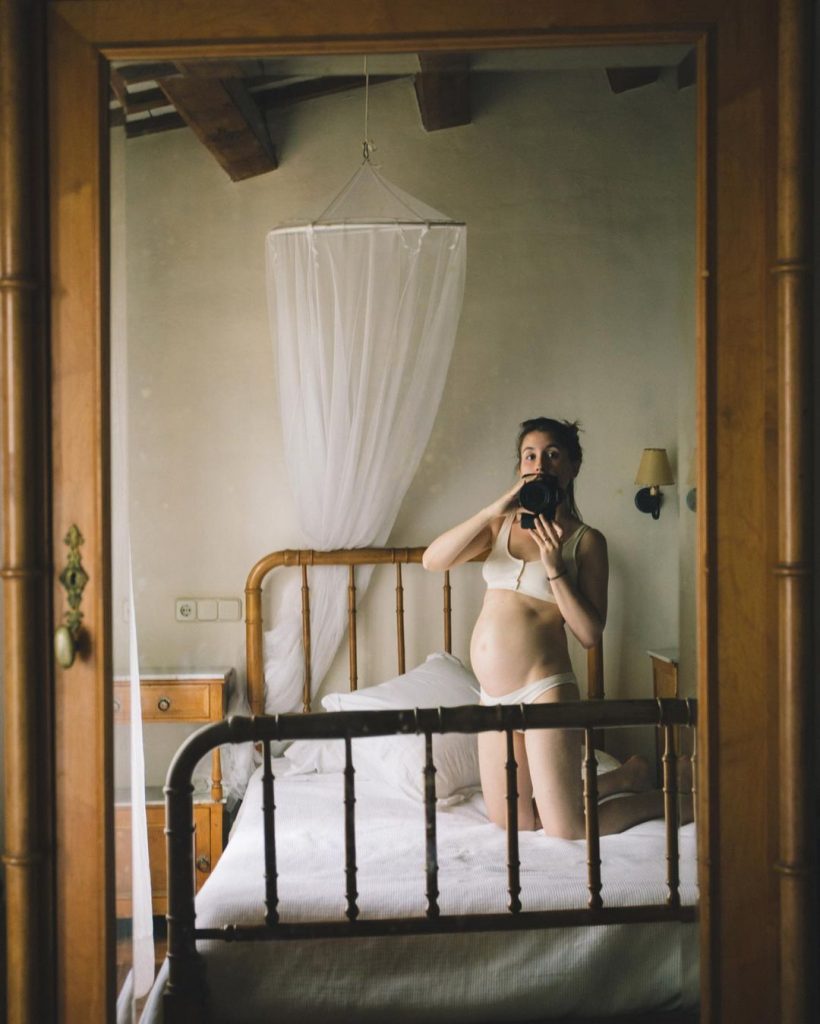
What commonalities have you found between Mother Earth and the woman mother through your work?
The relationship between the beauty of nature and the beauty of motherhood makes sense to me. I realized it when I became a mother myself. We have forgotten a bit about our connection to Mother Earth, whose children we are. Motherhood is something wild that brings us closer to our more animalistic and natural side.
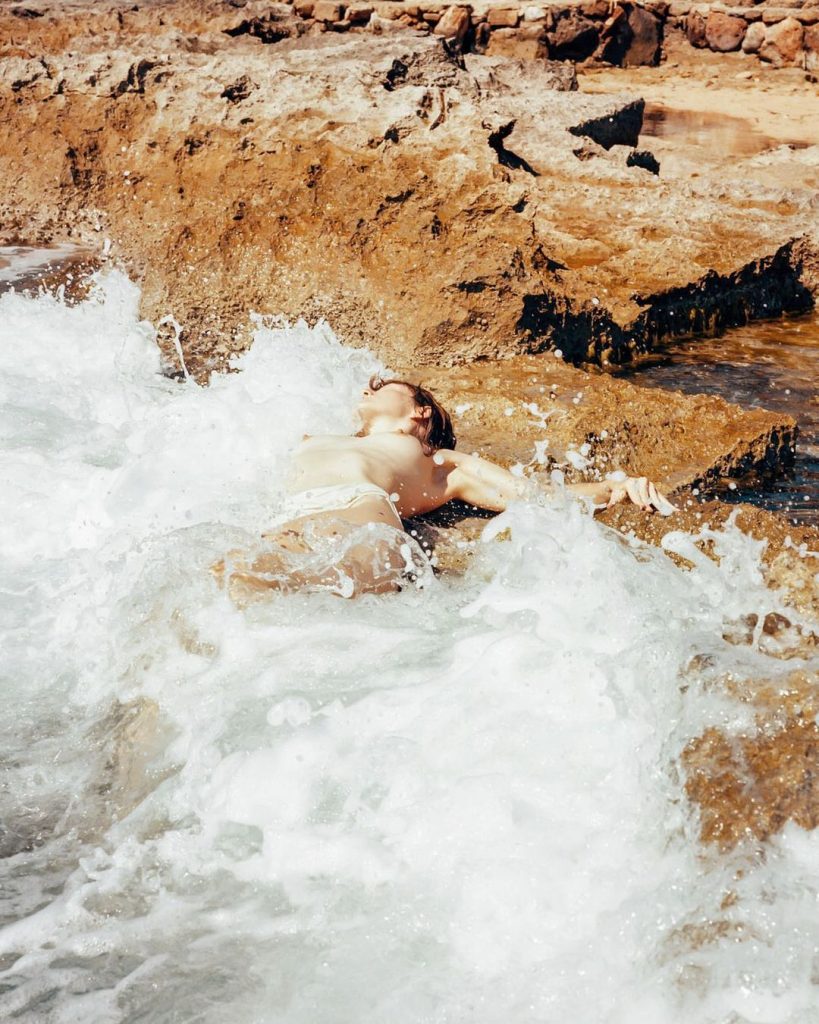
When you photograph nature, people often do not appear in it, as if it were still virgin. The truth is that as children of the Earth, we are not treating her very well. Would she have fared better for Earth if she had not been the mother of Humanity?
At the point where we find ourselves, sometimes I think so. The destruction we do every day is incalculable. We expect too much from governments when in reality all of our actions as consumers count.
I get tired of people who complain without doing anything. Who blame “society”, looking on without trying to take action. Small gestures add up to much more than we think. I am not saying that we have to be perfect and go crazy trying to fight against the current. What I mean is that we can all do something today, now, without excuses.

You once recommended to women who wanted to become mothers to travel before that, especially to travel alone, and especially to Japan! Why?
Japan is the place where I have felt the safest as a woman. It’s a place that gives you calm and space to find yourself.
Why did you decide to visit Japan?
It was a necessity. I wanted to travel alone and I felt Japan was the place. For years I had read many novels by Haruki Murakami and I wanted to visit the country he always writes about. It was an incredible trip, which changed me. It helped me to let go of fears, especially the fear of loneliness. I discovered that I can be happy alone, by myself, and that not expecting anything, going without expectations, is always rewarded.
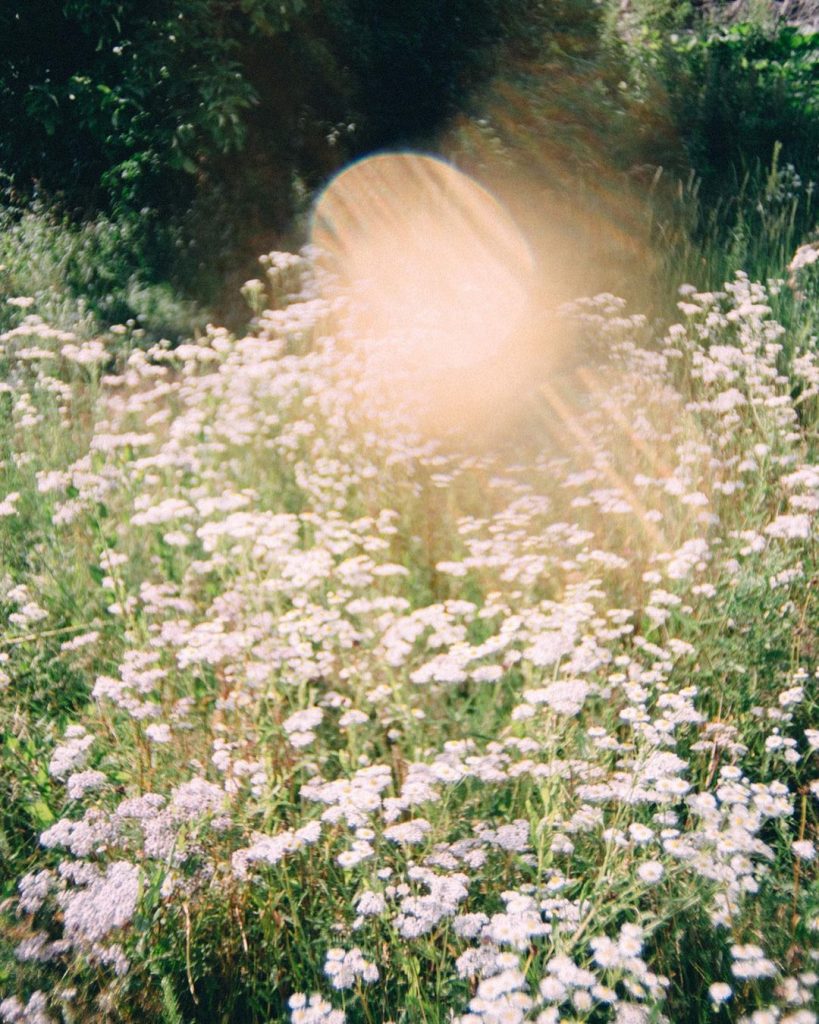
What kind of energy or inspiration did you find in Japan?
Contrasts. The contrast between the calm and serenity of small places versus the hustle and bustle of big cities like Tokyo and Kyoto. Natural elements such as ceramics and bamboo versus plastic containers in supermarkets and shopping malls. The solitude of each one versus the crowded streets.
What places or subjects did you photograph in Japan?
I wanted to visit places that the Japanese themselves admire and before the trip, I did some research. I flew to Tokyo and from there I took the Shinkansen to Kagoshima. I took a ferry to Yakushima, the island that inspired the movie “Princess Mononoke” by Hayao Miyazaki, one of the purest and untouchable places I have ever visited. I returned to Kagoshima and went up to Fukuoka, passing through Beppu and its hells.
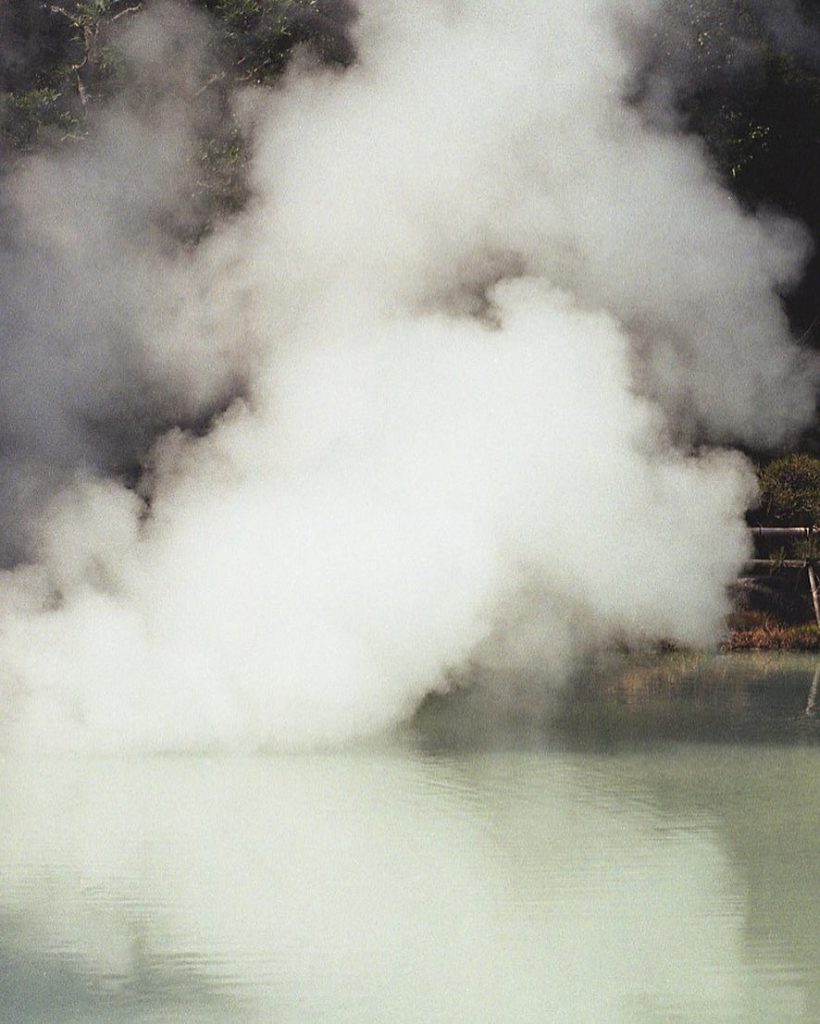
I visited strange places, such as the island of rabbits in Hiroshima Prefecture. I visited Naoshima and Teshima. Their museums seemed to me like cathedrals of contemporary art. I was in Okayama, where I remember meeting a couple of Japanese women who told me how they had fled Tokyo and the culture of Japan and had found refuge there. It was hard for me to understand since my image of the country and its culture was very different from the outside.
I escaped to Tottori, in search of the Shoji Ueda museum. I remember walking along a road without a path to reach it from the train station. I visited the dunes, which now seem part of a distant dream. I arrived in Kyoto, a beautiful city, although too much exploited for tourism. I fled to Nagoya and from there I went up to the Japanese Alps, to Matsumoto. I returned to Tokyo, sad that the trip was coming to an end. It had been an adventure of almost four weeks.
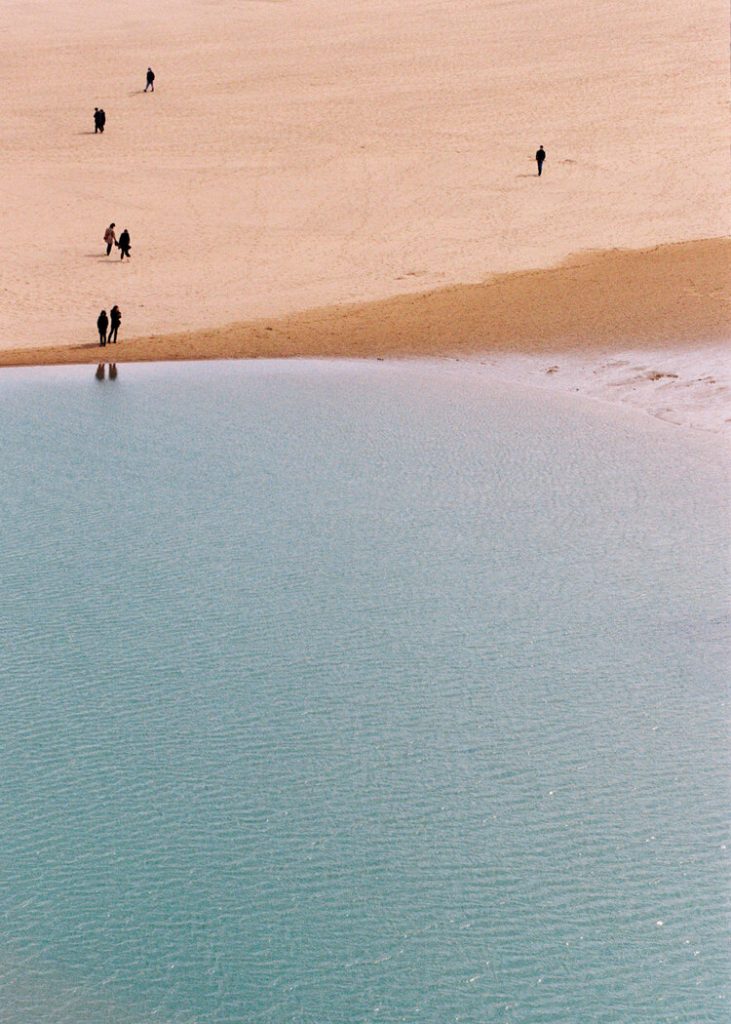
Your project on the Tottori dunes is inspired by the work of Japanese photographer Shoji Ueda. Tell me about him and the project!
I discovered Shoji Ueda’s photographs by chance, looking for fashion references for a shoot. I found his most personal work, always shot in the dunes, and I found it magical, with a surrealist touch like Magritte, in a Japanese version. I definitely had to visit to see his museum and the landscape in person during the trip.
I remember the dunes as a pilgrimage path, as a whole but keeping the distances. I remember the silence and when I got to the top the sound of the waves of the sea. I felt alone, but happy to be there, at that moment, sharing that place with those people.
Are there other Japanese photographers or artists that inspire you?
Despite the controversy, I find some of Araki’s work a marvel. His personal series about his wife is a moving account. I have been following the botanical work of Azuma Makoto for years. In Japan, I was impressed with the architecture of Tadao Ando. And, as I said before, I have read a lot of Haruki Murakami. I would add Ryoko Hori to the list, she has lived in Berlin for many years. She is a creator of perfumes and has a very particular space in the Neukölln district. It is one of the places I miss the most now in Barcelona.

You have photographed other places in the world, have you found in any of them similar energy to the one you found in Japan?
No, Japan is a unique place.
Artida Oud has exhibited your work at their gallery “The Another Museum” in Shibuya. Is this your first exhibition in Japan? How did this project come about?
Yes, it’s my first exhibition there. I still can’t believe it. When the brand started a few years ago, the art director contacted me, mesmerized by my photographs of Earth landscapes. They wanted to use them as a mood, to reinforce their concept of nature. Since then the collaboration has been ongoing, I think year after year. So much so that this summer they wrote to me to announce that they would like to exhibit them. It seemed like a dream come true.


Would you like to work in Japan again? What future projects do you have?
I would love to. I think we share sensitivity and that’s something hard to find. For now, very soon I’m going to give birth to my second child and that’s going to be the adventure of the next few months.
You can check Silvia’s work and purchase her printed photographs through her website.
Follow Silvia Conde (@silvia_conde) on Instagram.
Follow the An Ode to Mother motherhood project through their website or on Instagram (@_anodetomother_).
(✿´ ꒳ ` )(◜◒◝)


